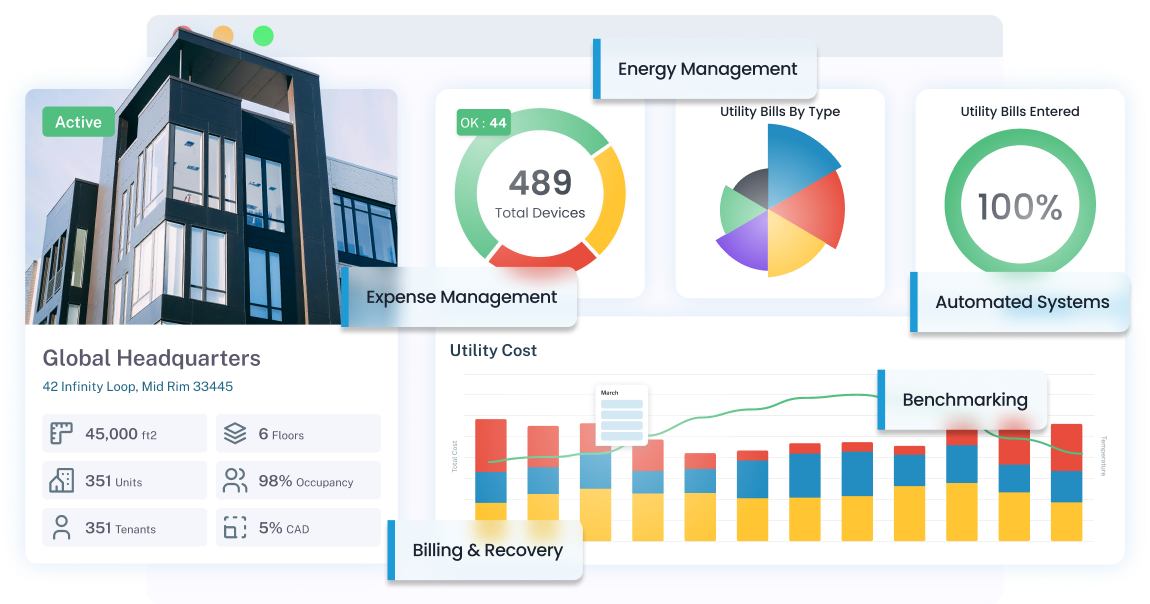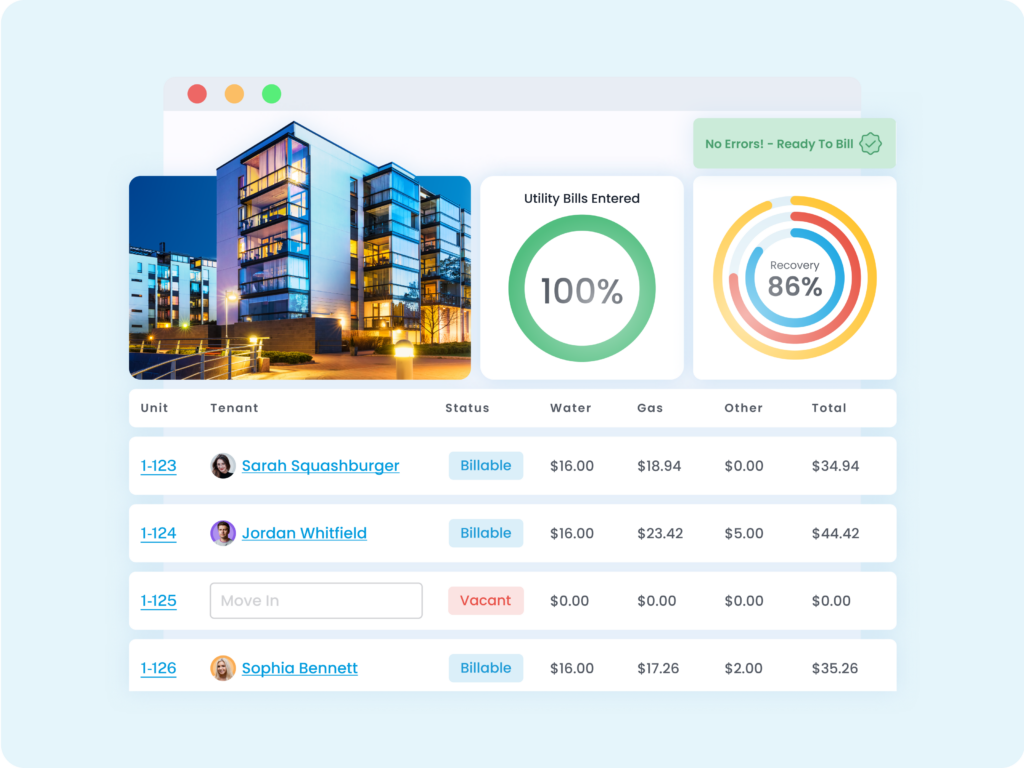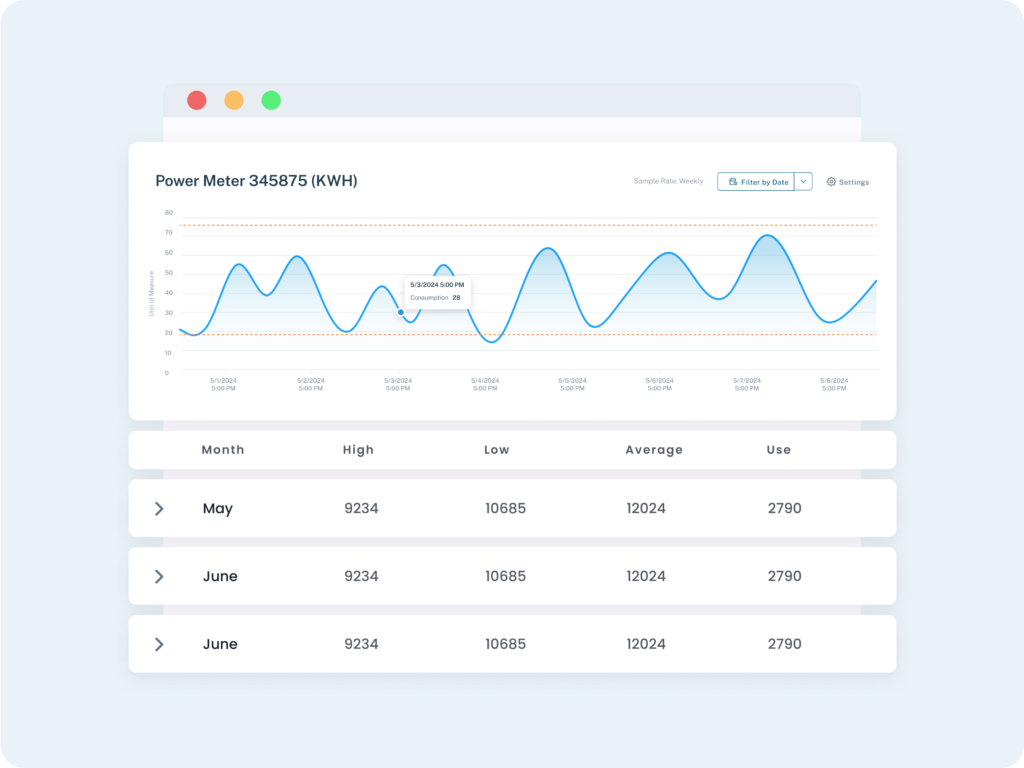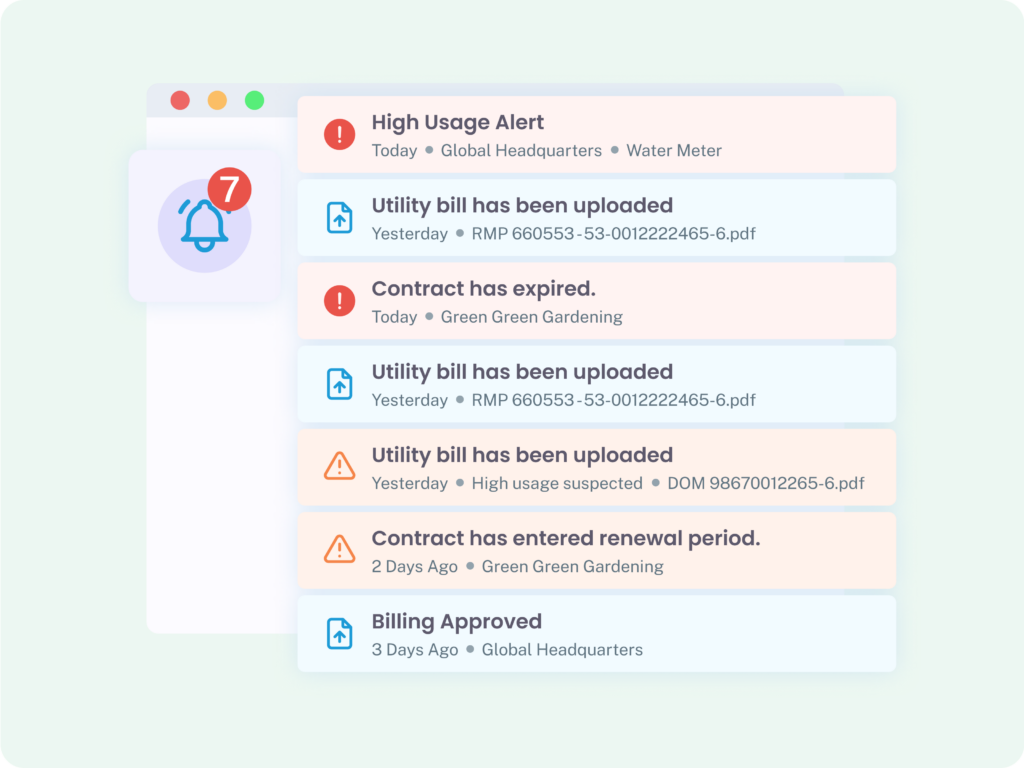VITALITY Bring Utilities In-House
Utility Billing • Meter Management • Energy Management
Take control of your utility management and capture the revenue with VITALITY®.

Clients we ❤️ working with.

All your data, under one roof.
VITALITY consolidates all your scattered data into one seamless platform. Experience unmatched clarity and unlock game changing tools as you monitor and manage your utility data with VITALITY.

Utility Billing Software
Turn a cost center into a revenue generator with VITALITY® Utility Billing software.
Metered & RUBS Billing
PM Software Integrations
Customizable Reports

All Things Meters
Design & Installation
Commission & Certification
Maintenance & Warranty

Energy Management
Hassle-free, one-stop solution for all of your energy management needs.
EnergyStar & Benchmarking
Consumption & Analysis
Anomaly Detection & Usage Alerts
Who is VITALITY for?
Centralize Utility Operations.
Only VITALITY® offers a comprehensive, integrated, and truly end-to-end utility management platform for all teams to use—not just property managers.

Energy Managers
VITALITY is the power-up every energy manager needs to dominate their utility game. Streamline your data, nail accuracy, and uncover real-time insights that keep you steps ahead.

Utility Billing Teams
As a utility biller, last thing you need is to be bogged down by inefficient processes and outdated systems. Designed with utility billers in mind, VITALITY offers a comprehensive, self-managed solution that keeps everything in-house, provides accuracy, and delivers real-time insights.

Strategy & Finance
Finance teams need enhanced control while reducing costs through detailed insights into utility usage, ensuring full cost recovery and compliance with regulations. VITALITY seamlessly integrates with existing financial systems, providing a transparent and holistic view of financial operations, simplifying reporting, and facilitating strategic financial planning.

Sustainability Leaders
VITALITY equips sustainability leaders with powerful tools to monitor, analyze, and optimize energy use to help reduce ecological footprints, unlocking the ability achieve environmental goals with precision and efficiency.

Property Management
By integrating seamless billing, real-time analytics, and sustainability tracking, VITALITY helps owners optimize their properties, reduce operational costs, and make data-driven decisions that boost profitability and tenant satisfaction.
Next Generation Tools

Set up your properties in just a few hours.
Generate your billing in just a few clicks.
Seamless PM Integrations
Metered & RUBS Billing
Seamless PM Integrations
Streamline your data for actionable insights.
Make utility decisions in real-time.
Combine Meter & Bill Data
Anomalies & Alerts
Customizable Dashboards


Streamline your data for actionable insights.
Make utility decisions in real-time.
Combine Meter & Bill Data
Anomalies & Alerts
Customizable Dashboards

Optimize. Save. Grow.
Establish the controls you need to quickly optimize workflows.
Utility Expense Management
Utility Bill Scraping
EnergyStar Automation
A Little Bit About VITALITY
🌎
🥳
🎉
🍾
🇺🇸
💌

About Vitality
Learn more about who we are, how we like to do work and how we got this whole thing started.
